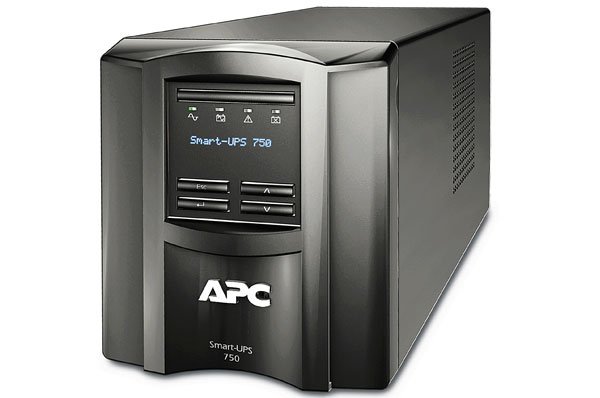How to Size an Uninterruptible Power Supply

As businesses and homes increasingly depend on technology, having a reliable power supply is crucial. Power outages, surges, and drops can cause significant damage to electronics, leading to expensive repairs or even data loss. An uninterruptible power supply (UPS) acts as a backup power source to protect equipment when primary power fails. However, not all UPS systems are equal. Choosing the right size for your needs ensures that your equipment is adequately protected.
Determine Your Power Requirements
To size an uninterruptible power supply, start by calculating your power requirements. This will depend on the equipment you plan to protect. Determine the rated wattage or volt-amps (VA) for each device connected to the UPS. You can usually find this information on a label on the device or in the manual. If you are not sure, there are power meters and calculators available to help measure the power consumption of your equipment.
Add the power requirements for all the devices you plan to protect with the UPS. This total power requirement will determine the minimum capacity (in VA or watts) needed for the UPS.
Consider Peak Power Needs
When sizing an uninterruptible power supply, it is also essential to consider the peak power needs of your equipment. Some devices, such as computers and servers, can have short periods of high power usage when starting up or during heavy processing. You should choose a UPS that can handle these peak power demands.
Typically, a UPS can handle short-term surge power that is 25% higher than its continuous rating. So if your power requirements add up to 550 VA, you would need a UPS with a capacity of at least 687.5 VA to allow for peak power demands.
Add Room for Expansion
Finally, consider any additional equipment you may need to add in the future. The UPS should have sufficient capacity to handle this added equipment. It’s always best to plan for future expansion and choose a larger UPS than you currently need.
Other Factors to Consider
Aside from power requirements, other factors to consider when sizing an uninterruptible power supply in an office or home include the size of the room, the type of power supply, and the time needed to shut down equipment in the event of a power outage.
The size of the room determines the sound level of the UPS. The larger the room, the quieter the UPS needs to be. The type of power supply also influences the type of compatible UPS. For instance, if your equipment uses an AC power supply, you need a UPS that supplies AC power.
The time required to shut down after a power failure is also important. An incorrect UPS size may fail to handle this process. The shutdown time is related to the time needed to save data and turn off systems safely.
Final Thoughts
Sizing an uninterruptible power supply requires an accurate calculation of power requirements. You should also consider the peak power needs, future expansion plans, and other factors related to your equipment. By conducting a careful assessment, you can choose the right size UPS and ensure that your critical equipment is always protected.






